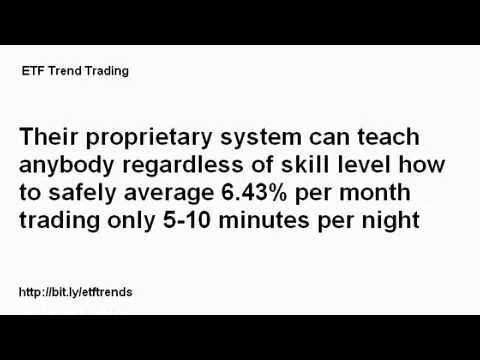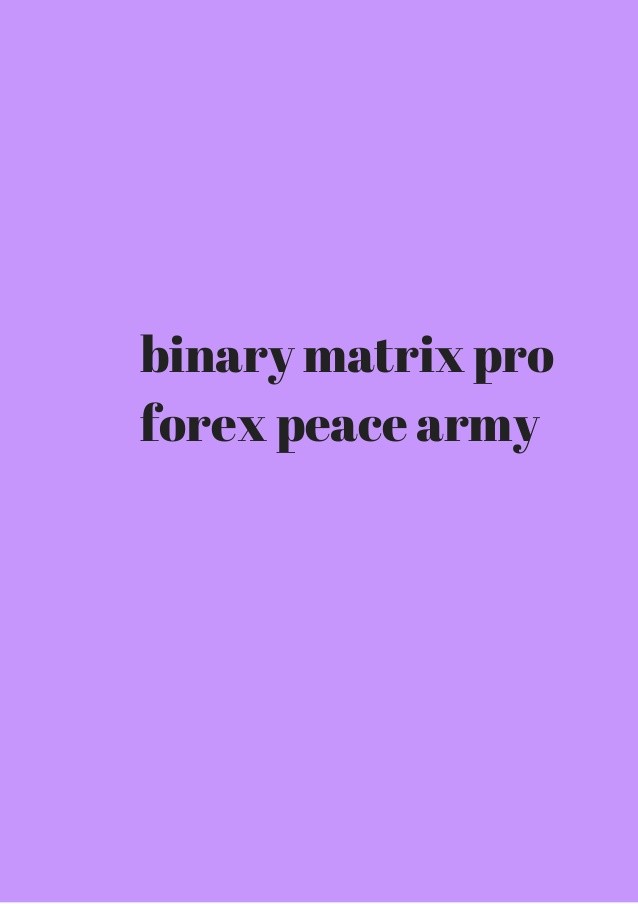How Do I Choose the Best ETF Trading System (with picture)
Post on: 27 Май, 2015 No Comment

Article Details
- Written By: A. Leverkuhn
- Edited By: Andrew Jones
- Last Modified Date: 03 February 2015

These 10 animal facts will amaze you.
Adorable animal families that will make you aww.
These 10 facts about space will blow your mind.
To select the best ETF trading system, match the most useful brokerage account and tools with the best possible strategy and diversification for long term gains. The ETF is a new and useful financial product for getting some diversified gains with easy intraday trading and other popular features. Investors who inspect their ETF funds and tools carefully can gain the most from carefully thought out ETF trading.
The exchange traded fund (ETF) is a general kind of equity investment. ETFs are available for investing in many different underlying assets, from concrete commodities like oil, grain, and gold, to national currencies, stocks, funds, and other intangibles. To choose the best ETF trading system, think about what kinds of ETFs will be the best additions to a portfolio, and how a specific ETF trading system will facilitate buying and trading these funds.
The best ETF trading system will involve a credible, high-performance brokerage service. Top brokerage firms offer some of the premier tools for trading and tracking ETFs, including user-friendly online platforms, visual tracking tools like candlestick and graph charts, and great record keeping features. The best ETF trading system also involve having human customer service agents to fall back on if the investor experiences any kind of technical problem on the broker side.
Investors who want to build the best ETF trading systems need to know how to manage their own basket of investments, how to steer the rudder of their ship. The investor should clarify a timeline for short or long term ETF gains that are taxed differently, and which are measured according to different criteria. Having a concrete goal for gains allows the trader to take out ETF investments according to “profit taking” benchmarks. In prior times, those who traded individual stocks were instructed to sell stocks when they “matured,” but these days, this principle really doesn’t hold true for many ETFs which tend to fluctuate, not always on a steady uphill, but in much more tangential ways.
Along with concrete goals, investors should know all of their options for the best ETF trading system. This includes understanding that vendors are now constructing ETFs that “short” a market. Without these funds, the investor would only be able to bet on the up side of a market. Those who take the time to optimize their ETF trading system with good research realize that unique “short” ETFs have charts that provide an inverse with long position ETFs, allowing for the complex kinds of “hedge” traded that used to be the sole province of the institutional investor.














